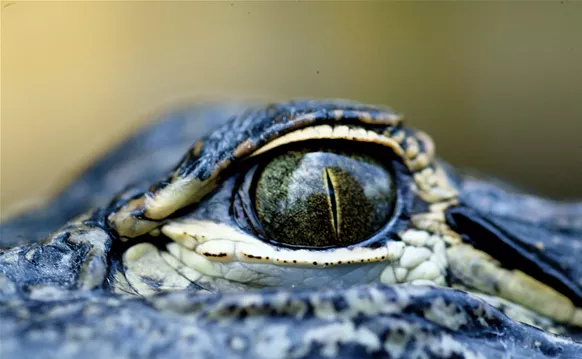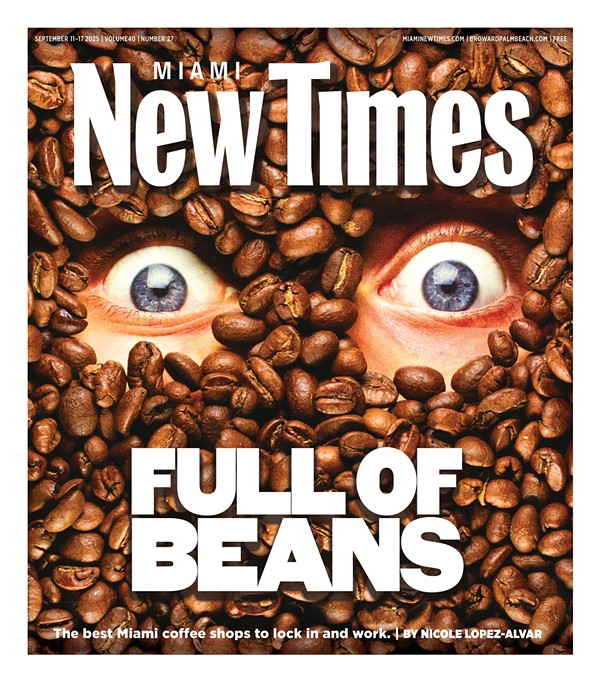Now on Display
If you visit Artists' Haven, a tiny gallery that opened in a Fort Lauderdale strip mall in December, go directly to the sculptures of Miles Laventhal, whose work handily outshines what surrounds it. Laventhal isn't afraid of experimentation. For a couple of wall-mounted pieces, he combines acrylics on paper with resins and pieces of aged steel, to dramatic effect. The two-part Courtship Flight consists of cloudlike forms painted with a palette ranging from dark browns to pale blues, while Tectonic View uses a larger panel of metal and more angular shapes to suggest a portion of the Earth's crust. Laventhal isn't as impressive with works featuring thin pieces of brushed stainless steel perched atop black-light boxes, but he strikes gold with a simple, freestanding sculpture called Fred and Ginger, which summons up the great dancers with nothing more than some mimosa branches wrapped in linen. The gallery's other standout is Beaujedar Tudzarov, who's represented by a few abstract sculptures in copper and some computer-generated giclées that use wine bottles and glasses and chess sets to mess with the viewer's sense of scale. The rest of Artists' Haven is cluttered with borderline work. (Artists' Haven is at 2757 E. Oakland Park Blvd., Fort Lauderdale, 954-630-2655.)
"Andrew Wyeth: American Master," a small but fairly comprehensive retrospective of more than 50 works from a career that spans an astonishing 70 years, is one of four exhibitions now at the Boca Raton Museum of Art. If the crowd checking it out opening weekend is any indication, Wyeth's standing as the most popular living American artist remains unchallenged. Wyeth is celebrated for his portraits and his sentiment-soaked rustic scenes, but the strength of this show is in his landscapes, many of which are set in his native Pennsylvania and in Maine, where he spends his summers. Wyeth invigorates landscape by pushing it toward abstraction. This show's masterpiece is a large tempera from 1947 called Hoffman's Slough. Again, there is a landscape of sorts, a sweeping expanse of swampy countryside painted in rich, varied earth tones with black-and-white highlights. Look closely and you'll pick up on the two tiny buildings in the distance at the top of the image, the wispy dirt road in the upper left corner, a few blades of grass in the foreground. The representational details seem added almost as an afterthought. But there's no question that Wyeth knew what he was after -- and that he got it. (Through April 17 at the Boca Raton Museum of Art, 501 Plaza Real, Mizner Park, Boca Raton, 561-392-2500.)








